10 Best Herbal Tinctures For Ovulation Pain

Herbal tinctures are concentrated liquid extracts made from various medicinal plants and are often used to support reproductive health and alleviate symptoms associated with ovulation pain.
Common herbs used in these tinctures include cramp bark, evening primrose oil, and vitex, which are believed to help reduce uterine cramping and regulate menstrual cycles. These tinctures are typically taken orally in small doses and are thought to promote hormonal balance and ease discomfort during ovulation. While they may offer natural relief for some individuals, it is important to consult with a healthcare provider before use, especially if you have underlying health conditions or are taking other medications.
Overall, herbal tinctures can be a complementary approach to managing ovulation pain, though their effectiveness may vary among individuals.
FREE COURSE
How to make medicinal herbal tinctures for common ailments at home and in a weekend (using the Healing Drops System).

Table of Contents
1. Vitex agnus-castus

Vitex agnus-castus, commonly known as chasteberry, is a herbal tincture often used to support hormonal balance and regulate menstrual cycles.
It is believed to influence the pituitary gland, which may help in promoting regular ovulation and reducing associated discomfort. Some women use vitex tinctures to alleviate symptoms of ovulation pain, such as bloating, cramping, and breast tenderness. While research on its effectiveness for ovulation pain is limited, many herbal practitioners recommend it as a natural alternative to conventional treatments.
As with any herbal remedy, it is important to consult with a healthcare provider before use, especially if you have underlying health conditions or are taking other medications.
2. Cimicifuga racemosa
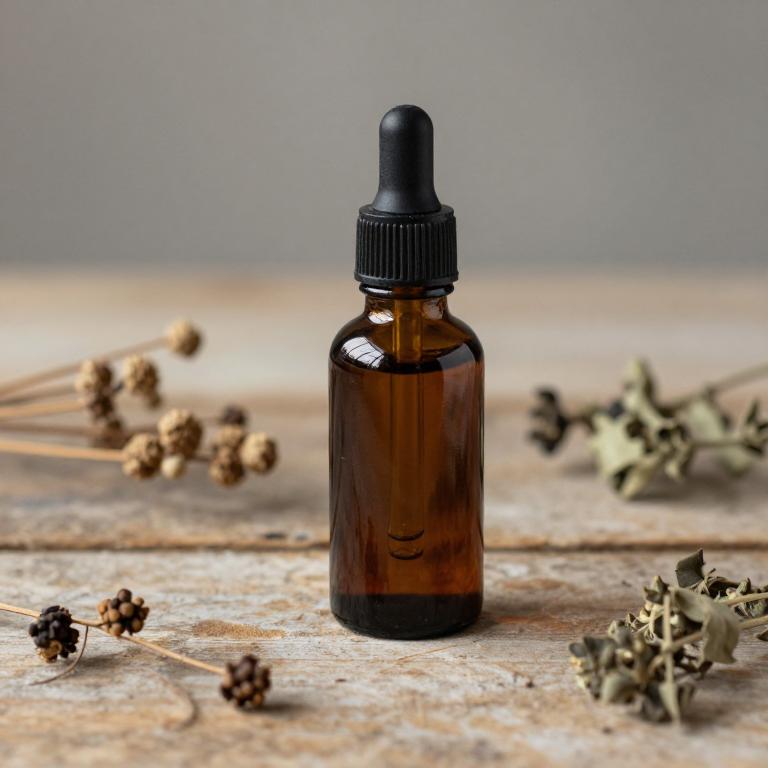
Cimicifuga racemosa, commonly known as black cohosh, is a herbal remedy that has been traditionally used to support women's health, particularly during the menstrual cycle.
Herbal tinctures made from Cimicifuga racemosa are often used to alleviate symptoms associated with hormonal imbalances, including ovulation pain, which can be experienced as cramping or discomfort during the release of an egg. These tinctures are believed to work by modulating estrogen levels and reducing uterine contractions, thereby easing the intensity of pain. While some studies suggest potential benefits, it is important to consult a healthcare provider before using black cohosh, as it may interact with certain medications or have side effects.
Overall, Cimicifuga racemosa tinctures can be a natural option for managing ovulation pain, though they should be used under professional guidance.
3. Urtica dioica

Urtica dioica, commonly known as stinging nettle, is a plant that has been traditionally used in herbal medicine for its various health benefits.
Urtica dioica herbal tinctures are often utilized to support hormonal balance and may help alleviate symptoms associated with ovulation pain, such as cramping and discomfort. The tincture is believed to work by promoting circulation and reducing inflammation in the reproductive system. It is typically taken in small doses, usually diluted in water or another liquid, to avoid irritation from the plant's natural compounds.
While some individuals find relief from ovulation pain using urtica dioica tinctures, it is important to consult with a healthcare professional before starting any new herbal regimen.
4. Equisetum arvense
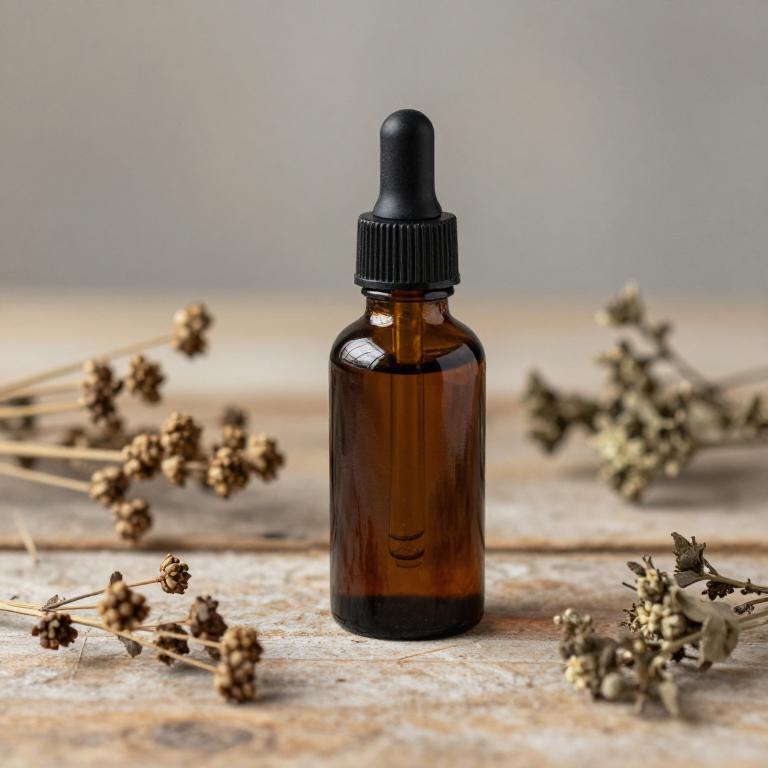
Equisetum arvense, commonly known as field horsetail, has been traditionally used in herbal medicine for its high concentration of silica and other minerals.
Herbal tinctures made from Equisetum arvense are sometimes used to support reproductive health and alleviate symptoms associated with ovulation pain, although scientific evidence for their effectiveness in this specific context is limited. The tinctures are believed to help reduce inflammation and ease uterine contractions, which may contribute to the discomfort experienced during ovulation. However, it is important to consult with a healthcare professional before using any herbal remedy, as Equisetum arvense can interact with certain medications and may not be suitable for everyone.
Despite its historical use, more research is needed to fully understand its role in managing ovulation-related pain.
5. Cnicus benedictus
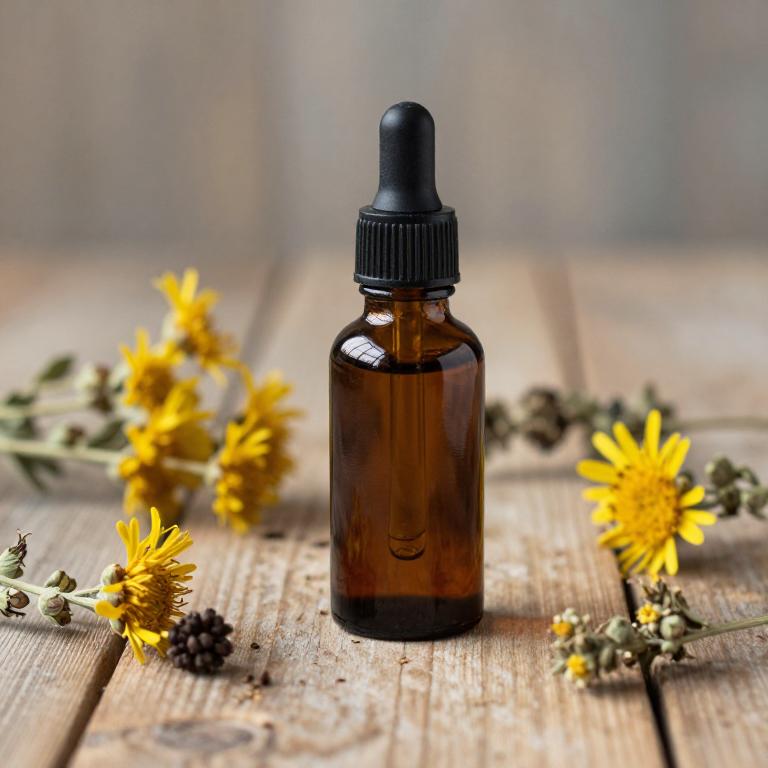
Cnicus benedictus, also known as blessed weed, is traditionally used in herbal medicine to support reproductive health and alleviate symptoms associated with ovulation pain.
Its tincture formulation is believed to help reduce uterine cramping and discomfort by promoting hormonal balance and improving blood circulation in the pelvic region. The herb contains compounds such as flavonoids and tannins, which may have anti-inflammatory and antispasmodic properties. When taken as a tincture, Cnicus benedictus is often diluted in water or alcohol and consumed in small doses to avoid gastrointestinal irritation.
While some women find relief from ovulation pain using this herbal remedy, it is advisable to consult a healthcare provider before starting any new herbal treatment, especially if you have underlying health conditions or are pregnant.
6. Rosa canina
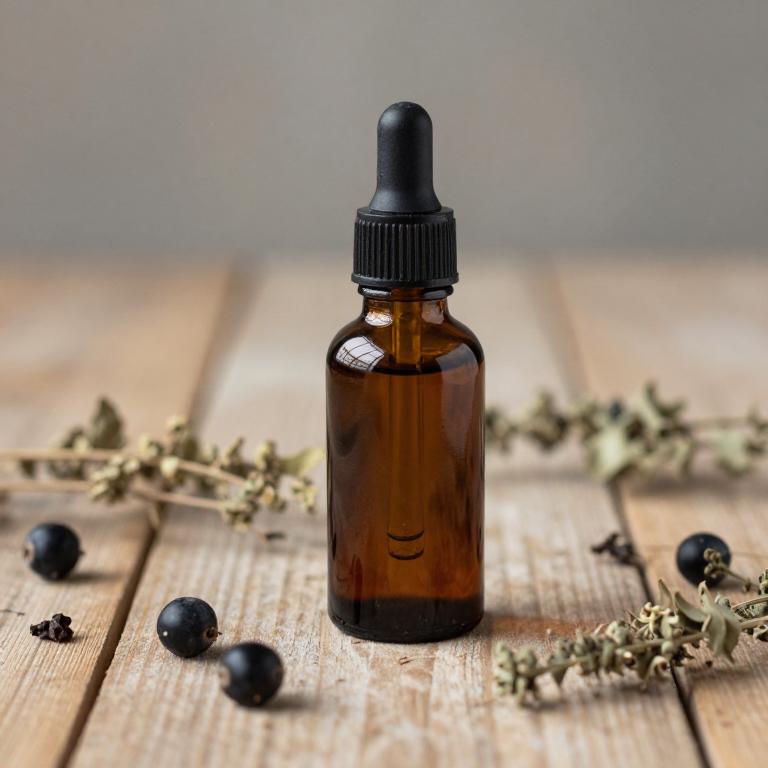
Rosa canina, also known as dog rose, is a traditional herbal remedy that has been used for centuries to support women's health, including menstrual and reproductive health.
Rosa canina tinctures are often recommended for their ability to ease ovulation pain, which can be a common and uncomfortable symptom during the menstrual cycle. The herb is believed to have anti-inflammatory and antispasmodic properties that may help reduce the intensity of pain associated with ovulation. Additionally, Rosa canina is rich in vitamin C and other antioxidants, which may support overall hormonal balance and immune function.
When used as part of a holistic approach, Rosa canina tinctures may offer natural relief for women experiencing painful ovulation.
7. Nymphaea alba
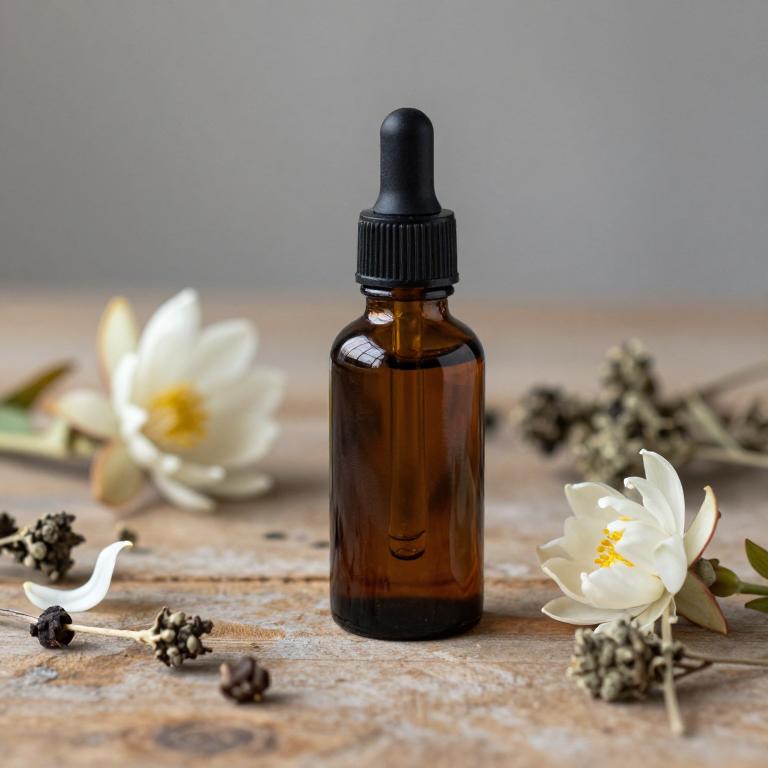
Nymphaea alba, commonly known as white water lily, has been traditionally used in herbal medicine for its soothing and anti-inflammatory properties.
Herbal tinctures made from Nymphaea alba are believed to help alleviate the discomfort associated with ovulation pain, often referred to as mittelschmerz. These tinctures are typically prepared by soaking the dried leaves and flowers in alcohol, allowing the active compounds to be extracted over time. The herb's mild sedative and analgesic effects may help reduce cramping and ease the intensity of pain during ovulation.
As a natural remedy, Nymphaea alba tinctures are often used as a complementary therapy alongside other holistic approaches to menstrual health.
8. Curcuma longa
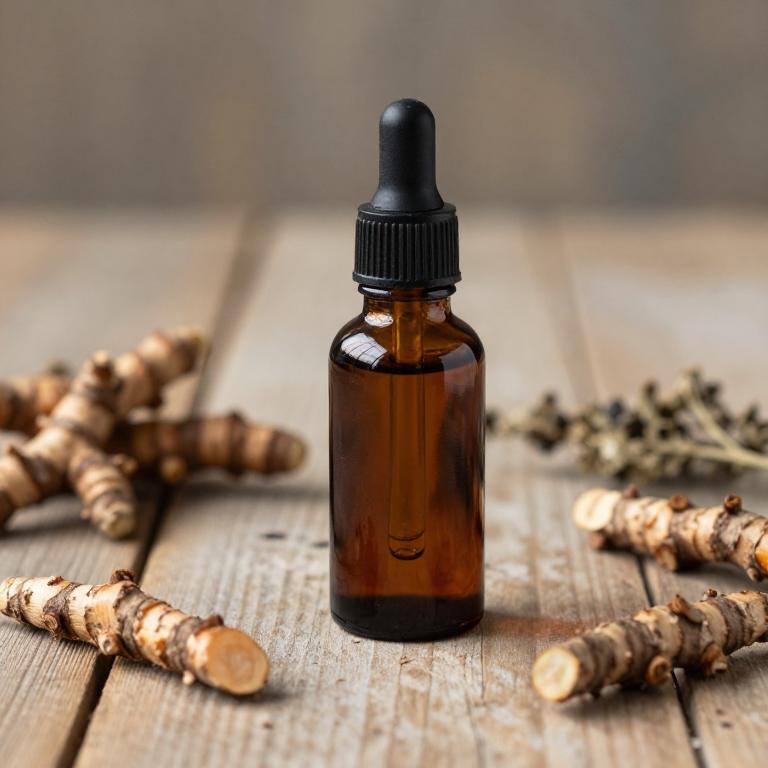
Curcuma longa, commonly known as turmeric, has been traditionally used in herbal medicine for its anti-inflammatory and analgesic properties.
When formulated into a tincture, curcuma longa may offer a natural alternative for managing ovulation pain, which is often caused by inflammation in the fallopian tubes. The active compound, curcumin, is believed to reduce prostaglandin production, thereby alleviating cramping and discomfort associated with ovulation. However, it is important to consult with a healthcare provider before using curcuma longa tinctures, as they may interact with other medications or have side effects in some individuals.
While some women report relief from using turmeric tinctures, scientific evidence supporting its efficacy for ovulation pain is still limited and requires further research.
9. Arnica montana
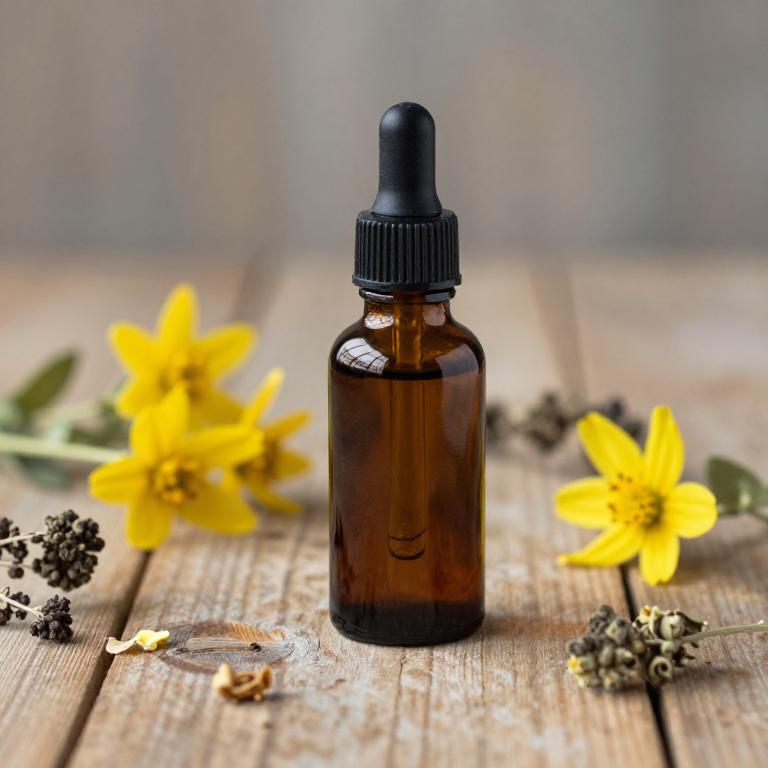
Arnica montana herbal tinctures are commonly used to alleviate the discomfort associated with ovulation pain, also known as mittelschmerz, due to their anti-inflammatory and analgesic properties.
This herb is believed to help reduce inflammation and ease the sharp, cramping sensations that often occur during ovulation. While arnica montana is typically applied topically in the form of creams or gels, some formulations are available as tinctures that can be taken orally under the guidance of a healthcare provider. However, it is important to note that arnica should not be used during pregnancy or by individuals with certain medical conditions without consulting a professional.
Overall, arnica montana tinctures may offer natural relief for ovulation pain, though their effectiveness can vary among individuals.
10. Symphytum officinale
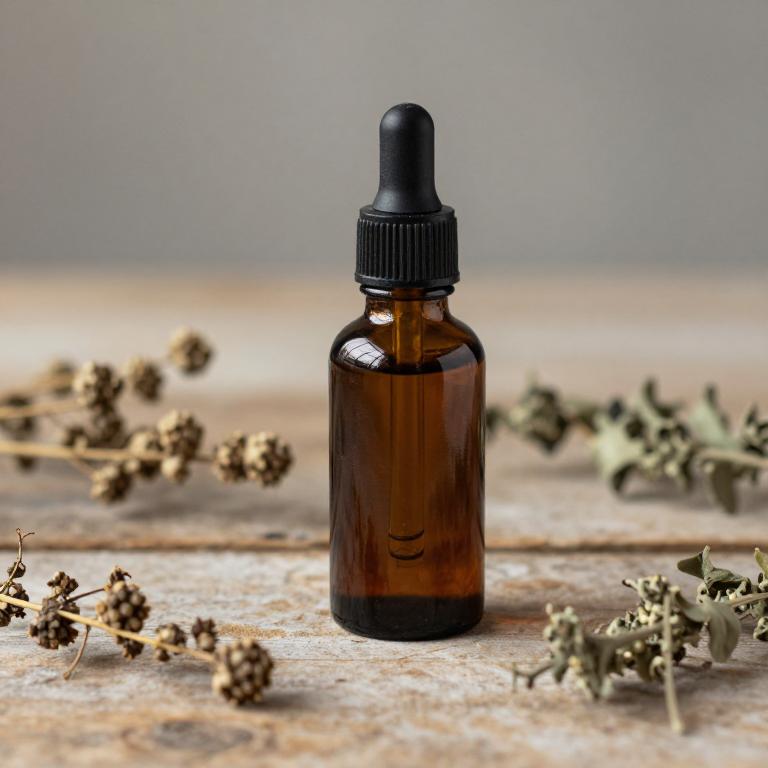
Symphytum officinale, commonly known as boneset, is a traditional herbal remedy that has been used for centuries to support women's health, including the management of ovulation pain.
Its tincture form is often prepared by soaking the dried roots in alcohol, allowing the active compounds to be extracted for use. Symphytum officinale is believed to have anti-inflammatory and analgesic properties that may help alleviate the discomfort associated with ovulation, such as cramping and bloating. Some herbalists recommend it as a complementary therapy alongside other supportive practices for menstrual health.
However, it is important to consult with a qualified healthcare provider before use, as it may interact with certain medications or have contraindications for specific individuals.